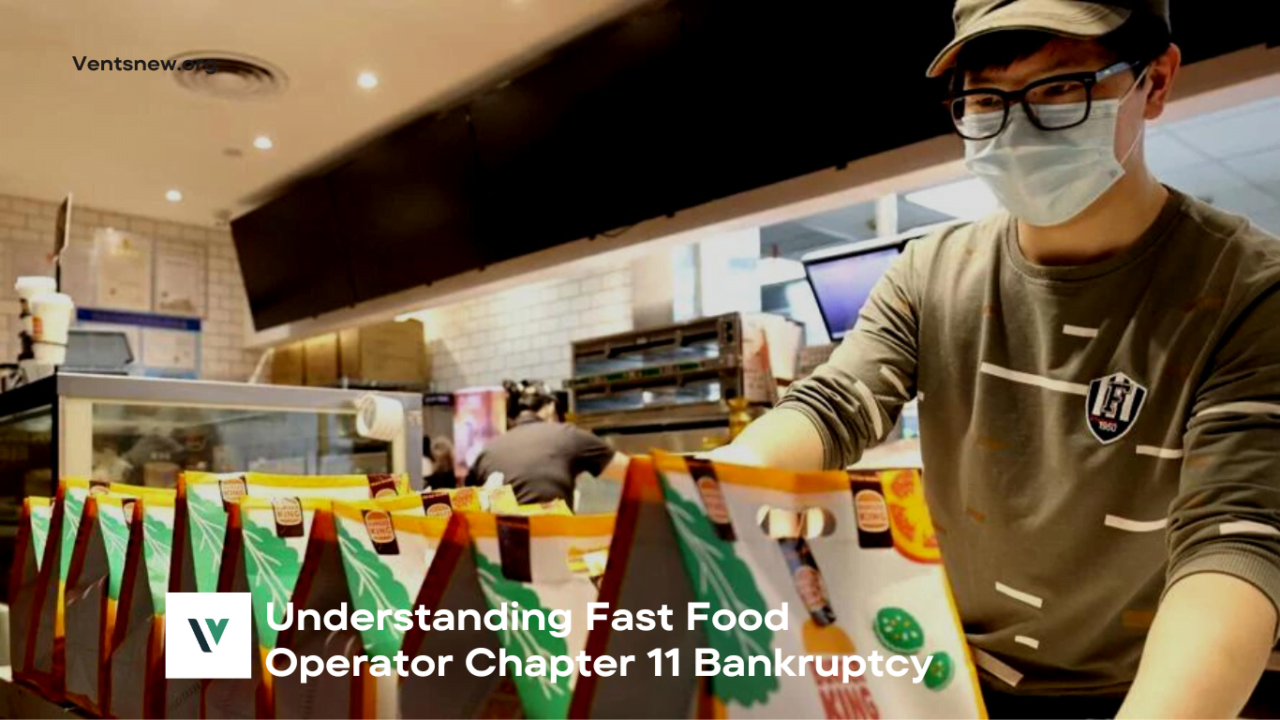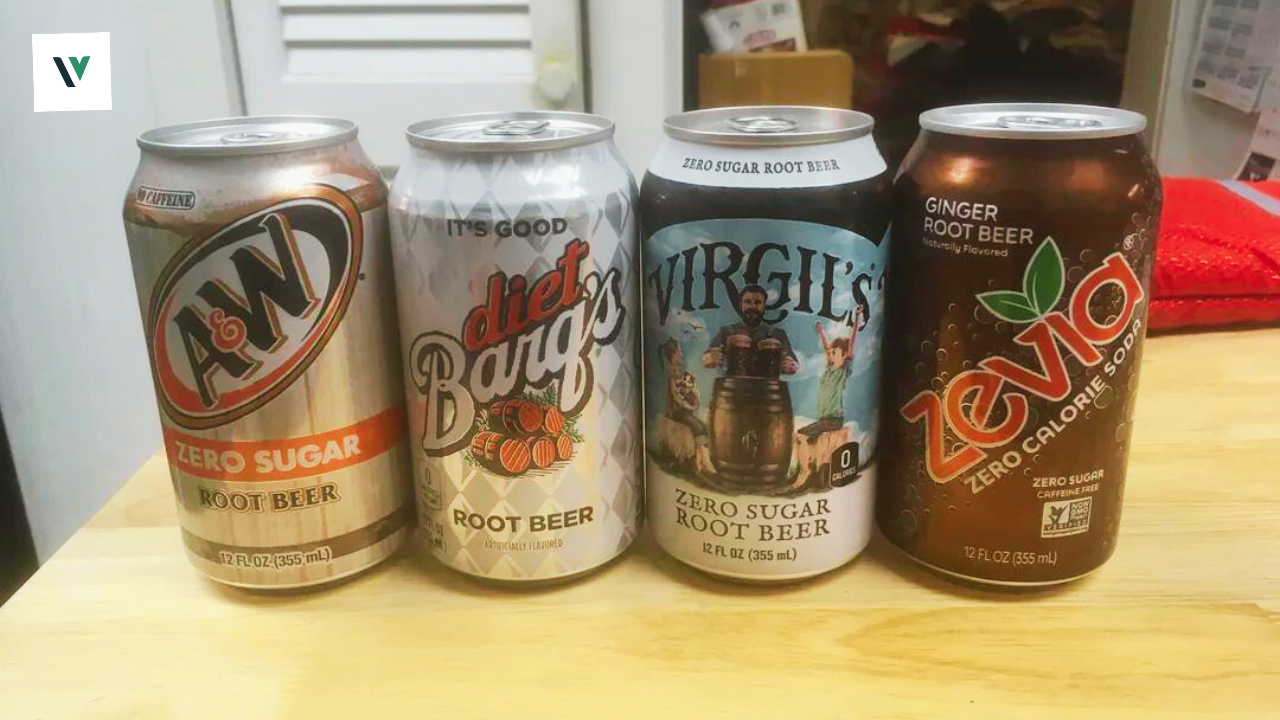With a huge number of clients all through the globe getting speedy and simple feasts from the inexpensive food area, it is a foundation of contemporary culture. Indeed, even the titans in this area, however, every so often experience monetary challenges that drive them to opt for non-payment under Part 11. This article will analyze the ramifications of Fast Food Operator Chapter 11 for inexpensive food tasks, including the reasons for the filings, their belongings, and the way to recuperation.
A Concise Outline of Fast Food Operator Chapter 11
Area 11 part 11, now and again known as “modification” liquidation, enables associations to continue to work while simultaneously modifying their commitment. It gives organizations the legitimate establishment they need to settle obligations with banks, improve on cycles, and dominate the competition monetarily.
Recognizing Fast Food Operators Chapter 11
- Fast food operators defined
Administrators of drive-through joints are organizations that attention to offering clients fast help feasts. Normally, they have a small menu, speedy help, and convenient areas.
- The fast food industry’s significance
The cheap food industry contributes essentially to the economy by making positions, fulfilling purchasers’ needs for accommodation, and bringing income up in the food administration industry.
A Synopsis of Chapter 11 Bankruptcy for Restaurant Owners
- what is Bankruptcy Under Chapter 11?
Organizations petitioning for Part 11 liquidation can rebuild their funds under legal oversight. It offers them the capacity to deal with loan bosses, make reimbursement arrangements, and ultimately emerge from Chapter 11 as effective organizations.
- Chapter 11 Bankruptcy: How Does It Operate?
The organization keeps up with functional control during Section 11 Chapter 11 while making a reimbursement plan for lenders. This arrangement, which needs the court’s endorsement, generally incorporates reconsidering contracts, rebuilding obligations, and making functional changes.
Explanations behind the Inexpensive Food Industry’s Section 11 Insolvency
- Monetary Challenges
Monetary vacillations, remembering downturns or movements for customer buying designs, can meaningfully affect inexpensive food deals and benefits, pushing a few organizations to petition for financial protection.
- Shifting Consumer Preferences
Buyer inclinations that are moving away from conventional cheap food and toward better choices could adversely affect deals and power inexpensive food administrators to reconsider their strategies.
- Expansion too much
Methodologies for quick extension can put weight on funds and functional assets, which can bring about extreme obligation and the requirement for Section 11 liquidation rebuilding.
Bankruptcy’s Effect on Fast Food Operators Chapter 11
- Reorganization of Finances
Inexpensive food organizations can rework obligations, reduce monetary requirements, and produce a suitable future by petitioning for Section 11 insolvency.
- Dismissal of Underwhelming Sites
Organizations might shut down useless areas as a component of the rebuilding system to smooth out tasks and focus on productive regions.
- Restructuring and Rebranding
To better adapt to shifting consumer demands, fast food operating Chapter 11 can rebrand, update their menus, and make operational enhancements when they file for bankruptcy.
Case Studies of Fast Food Franchise Owners Who Filed for Bankruptcy Under Chapter 11
- First example: XYZ restaurant chain
Section 11 liquidation was recorded by XYZ Cheap Food Chain because of a few monetary slumps and decreasing deals. They had the option to bring down obligations, reevaluate rents, and set up cost-slicing estimates thanks to rebuilding, which at long last permitted them to turn into a less fatty, more useful business.
- Second example: ABC Burger Joint
Due to their struggles with overstretching and accruing debt, ABC Burger Joint filed for Chapter 11 bankruptcy protection. its concentration on key markets and the closure of failing locations allowed it to stabilize its finances and turn a profit.
Opportunities and Difficulties After Bankruptcy
- Rebuilding Credibility and Trust
Remaking trust with partners and clients is perhaps one of the greatest issues that emerge after liquidation. Restoring trust in the brand requires openness, consistency, and quality enhancements.
- Accepting Digital Transformation
Fast Food Operator Chapter 11 may expand into new markets, improve consumer experiences, and streamline operations by utilizing digital technologies. After bankruptcy, growth can be accelerated by embracing mobile apps, internet ordering, and delivery services.
- Creative Menu Selections
To stay cutthroat on the lookout, inexpensive food anchors need to adjust their menus to meet the changing requirements of their supporters. Deals can be expanded by offering plant-based substitutes, better choices, and brief advancements.
Conclusion
Inexpensive food chains can rebuild their funds, smooth out their tasks, and arise as more grounded, stronger firms by petitioning for Part 11 insolvency. Even though the method is troublesome, it presents opportunities for improvement, imagination, and a fresh start in a relentless market.
FAQs
1. Is it workable for inexpensive food chains to remain open while petitioning for Section 11 liquidation?
Much of the time, inexpensive food chains don’t quit working while at the same time petitioning for Part 11 insolvency.
2. How long does a cheap food administrator petition for Section 11 insolvency?
Section 11 insolvency can run anyplace from a couple of months to quite a long while, contingent upon how convoluted the case is.
3. What is the strategy for laborers in Section 11 Chapter 11?
- Cheap food administrators regularly keep their representatives on during Section 11 liquidation; yet, contingent upon the organization’s objectives, there may be some rearrangement or cutbacks.
4. Could speedy food eateries at any point return from Part 11 insolvency?
- Without a doubt, a great deal of drive-through joints have flourished in the business after petitioning for Section 11 liquidation.
5. What might clients do for cheap food chains that are petitioning for Section 11 liquidation?
- By proceeding to visit their cafés, leaving great audits, and partaking in steadfast projects or deals supporting advancements, clients might help cheap food organizations.





